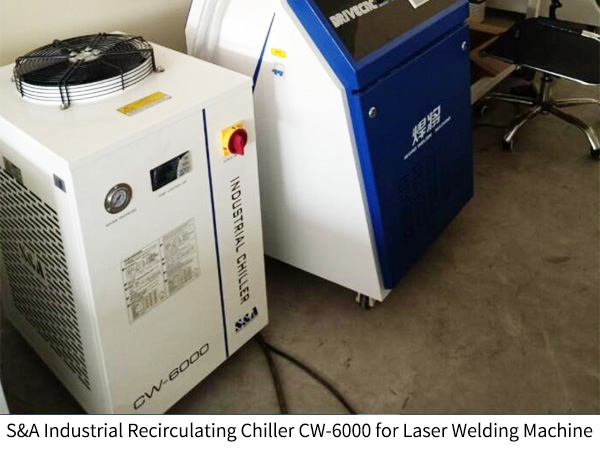However,laser welding has different working principle. It uses the high heat from the laser light to disrupt the molecule structures inside two pieces of steel plates so that the molecules will be rearranged and these two pieces of steel plates become a whole piece.

For normal welding which often refers to spot welding, its working principle is to liquify the metal and the melted metal will connect together after cooling. The car body consists of 4 pieces of steel plates and these steel plates are connected through these welding spots.
However, laser welding has different working principle. It uses the high heat from the laser light to disrupt the molecule structures inside two pieces of steel plates so that the molecules will be rearranged and these two pieces of steel plates become a whole piece.
Therefore, laser welding is to make two pieces become one. Comparing with normal welding, laser welding has higher strength.
There are two kinds of high power lasers used in laser welding - CO2 laser and solid-state/fiber laser. The wavelength of the former laser is about 10.6μm while the one of the latter is around 1.06/1.07μm. These kinds of laser is outside the infrared wave band, so they can not be seen with human eyes.
What are the advantages of laser welding?
Laser welding features small deformation, high welding speed and its heating area is concentrated and controllable. Comparing with arc welding, laser light spot diameter can be precisely control. The general light spot posting on the material surface is around 0.2-0.6mm in diameter. The more near the center of the light spot, the more energy it will be. The weld width can be controlled below 2mm. However, the arc width of arc welding can not be controlled and it is far bigger than the laser light spot diameter. The weld width of arc welding (more than 6mm) is also bigger than laser welding. Since the energy from laser welding is very concentrated, the melted materials is less, which requires less total heat energy. Therefore, the welding deformation is less with faster welding speed.
Comparing with spot welding, how is the strength for laser welding? For laser welding, the weld is a slim and continuous line while the weld for spot welding is just a line of discrete dots. To make it more vivid, the weld from laser welding is more like the zip of a coat while the weld from spot welding is more like the buttons of the coat. Therefore, laser welding has higher strength than spot welding.
As mentioned before, laser welding machine used in car body welding often adopts CO2 laser or fiber laser. No matter what laser it is, it tends to generate substantial amount of heat. And as we all know, overheating can be catastrophic to these laser sources. Therefore, an industrial recirculating water chiller is often a MUST. S&A Teyu provides a wide range of industrial recirculating water chillers suitable for different kinds of laser sources, including CO2 laser, fiber laser, UV laser, laser diode, ultrafast laser and so on. The temperature control precision can be up to ±0.1℃. Find out your ideal laser water chiller at https://www.teyuchiller.com











































































































